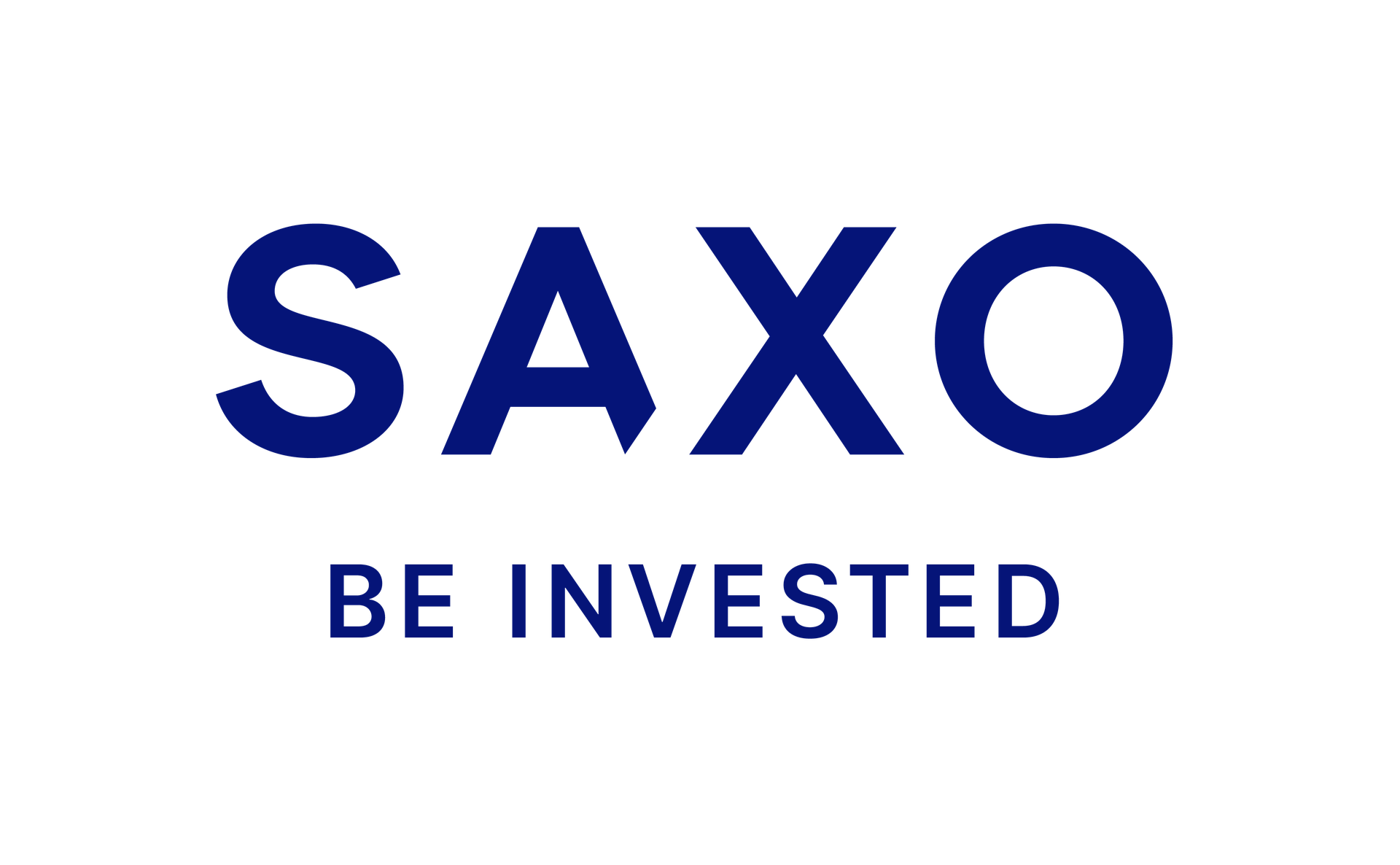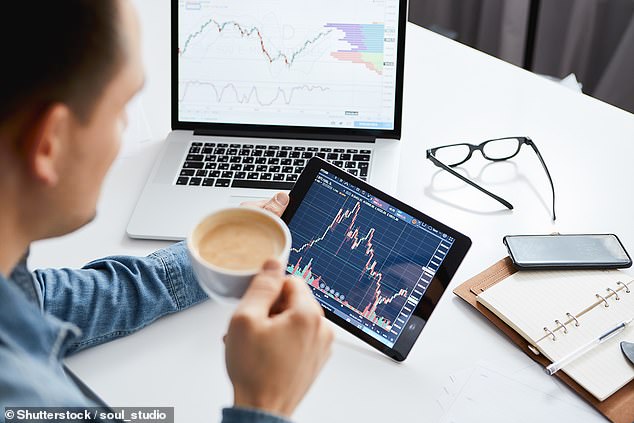Table of Contents
- Optimism has returned to investors and many are considering riskier investment options.
- Younger investors are leading the charge, and millennials are not far behind
A study shows that one third of amateur investors are willing to take on greater investment risk in the next three months.
Those who receive financial advice are actually more willing to make riskier investments, according to research by Charles Stanley Direct.
More do-it-yourself investors said they want to take on more risk than they normally do, and 10 percent plan to significantly increase their risk exposure.
While 95 percent of DIY investors are looking to take on some risk over the period, 11 percent said they are willing to take on “very high” levels, while 23 percent will accept “high” levels.
Beginner’s Luck?: Gen Z is the most willing to take high risks when investing
This follows growing confidence in the UK stock market, with almost three-quarters expecting the FTSE to rise over the next six months. Only 10 per cent of investors said the FTSE will fall over the same period.
Younger investors, who generally have a greater appetite for risk, appear to be driving this growing confidence.
Up to 80 per cent of Gen Z DIY investors are betting on the FTSE to rise, with 77 per cent of millennials also backing the market’s growth.
More than half (61 percent) of Gen Zers said they were willing to take an optimistic approach, while 39 percent of millennials said they were planning a “high-risk” approach.
This contrasts with just 9 percent of those over 59 who intend to make risky investments, while a majority, 51 percent, intend to take on little or no risk.
Despite a much lower appetite for risk, 64 percent of those 59 and older said they expect the market to rise, the same as Gen Xers.
Rob Morgan, chief investment analyst at Charles Stanley Direct, said: “Younger investors are driving forces of optimism, and rightly so. Those who can afford to take on more risk at the moment are likely to be well rewarded. Despite a sharp fall in global markets at the start of the month, the FTSE is up 6 per cent so far this year and is recovering well.
‘Investors who have actively increased their exposure to UK equities over the past three months (at a faster pace than their global investments) will be well positioned to realise their financial ambitions faster and more effectively than their passive peers, but all investors should follow the same rules: invest for the long term, with a diversified portfolio and advice where appropriate.’
Also driving the growth in market confidence are investors opting for an advisor-led route, with 67 percent intending to expose themselves to greater risk in the coming months.
Only 33 percent of those without financial advisers said the same.
As a result of this growing confidence, 40 per cent of investors have increased their holdings in the FTSE 100 in the past three months.
Around 35 per cent are also choosing to increase their exposure to the FTSE 350, and 28 per cent are increasing their holdings in the Alternative Investment Market.
Morgan said: “The UK has a thriving network of do-it-yourself investors – people who pride themselves on making their own investment decisions and turning their financial ambitions into reality. These investors are currently recovering from a difficult few years filled with economic uncertainty, political turmoil and market volatility.
‘Now, the future looks bright, with expectations of higher growth, lower interest rates and something that looks suspiciously like stability.’
DIY INVESTMENT PLATFORMS

AJ Bell

AJ Bell
Easy investment and ready-to-use portfolios

Hargreaves Lansdown

Hargreaves Lansdown
Free investment ideas and fund trading

interactive investor

interactive investor
Flat rate investing from £4.99 per month

Saxo

Saxo
Get £200 back in trading commissions

Trade 212

Trade 212
Free treatment and no commissions per account
Affiliate links: If you purchase a product This is Money may earn a commission. These offers are chosen by our editorial team as we believe they are worth highlighting. This does not affect our editorial independence.


